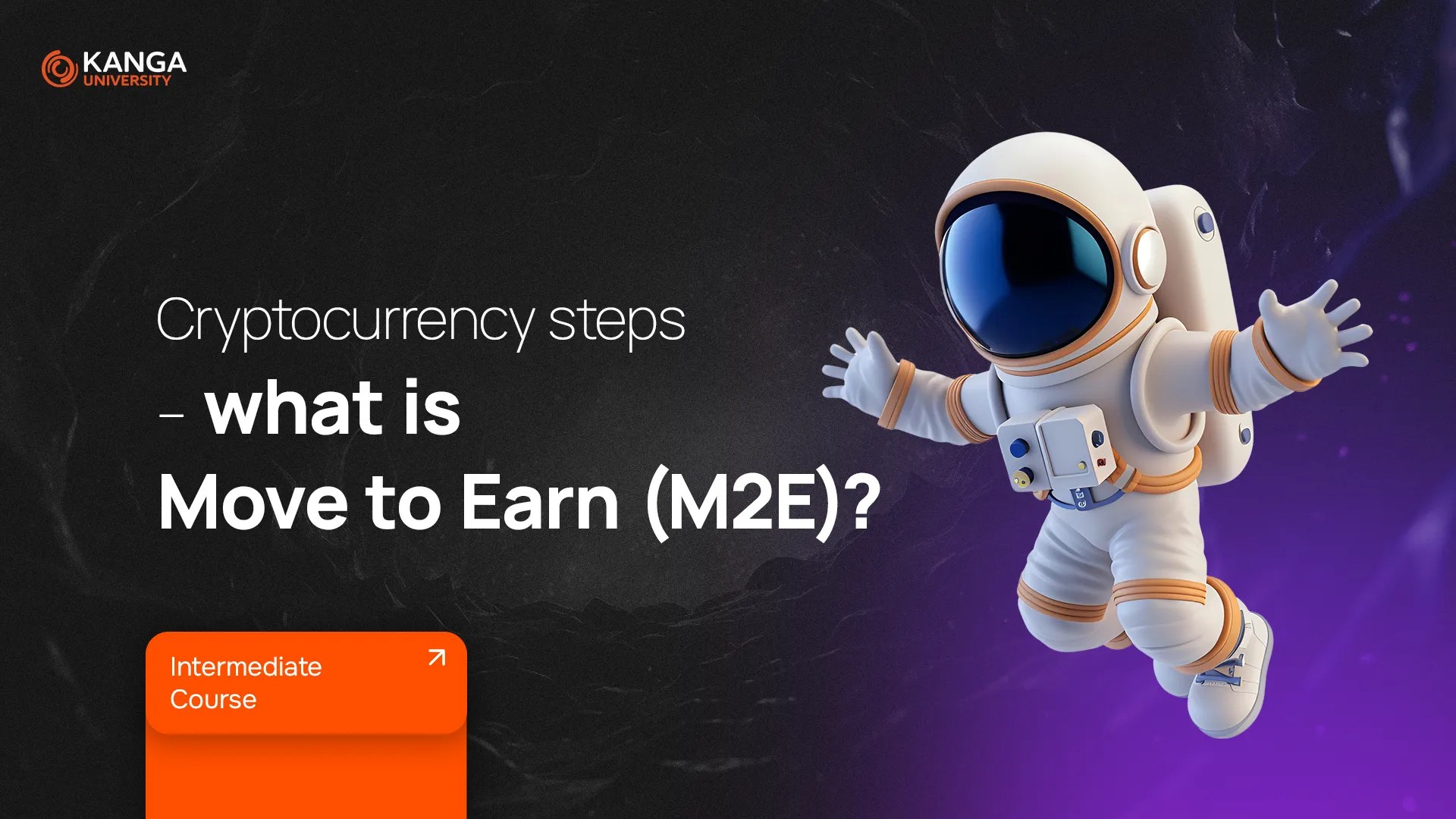
Imagine earning cryptocurrency just for walking, working out, or going for a run. Sounds like the future? It’s already here. The Move-to-Earn (M2E) model combines blockchain technology with physical activity and proves that a healthy lifestyle can literally pay off.
What Is Move-to-Earn?
Move-to-Earn is a trend born at the intersection of Web3, gaming, and fitness apps. Simply put – users get rewarded with tokens for real-life movement, such as walking, jogging, or exercising. The apps use GPS to track activity and pay out crypto tokens in return. These tokens can then be traded or exchanged for other cryptocurrencies.
Although the concept sounds attractive, most M2E apps require an upfront investment – usually in the form of buying NFT sneakers or characters. More on that below.
Pros and Cons of Move-to-Earn
Pros:
-
Motivates users to stay active
-
Combines health with real earning potential
-
A hands-on way to enter the Web3 space
Cons:
-
High entry barrier (NFT purchase required)
-
Token price volatility can affect earnings
-
Heavily dependent on the success of individual apps
Most Popular Move-to-Earn Apps (as of November 20, 2025)
1. STEPN (GMT, GST) The undisputed leader and pioneer that continues to set trends, this is like the Mercedes of the M2E world—brand, quality, and an investment necessity. In STEPN, you buy virtual shoes as NFTs, and then earn tokens for moving. The ecosystem is complex but stable. The current focus is on expanding social integrations and e-sports related features (earning from viewing and betting), designed to maintain engagement even on rainy days.
2. Sweatcoin (SWEAT) An application that is like open doors for millions—free and ubiquitous. Its biggest advantage is zero barrier to entry—earning SWEAT tokens for steps is completely free. The app runs in the background on your phone, counting every stride. Sweatcoin is strengthening its position through aggressive partnerships with traditional fitness and health brands, offering higher rewards for completing sponsored challenges, which fuels mass adoption.
3. Genopets (GENE) A combination of Tamagotchi with earning from movement, this is like a digital personal trainer and friend rolled into one. In Genopets, you nurture and evolve your digital pet (Genopet), which improves through your physical activity. Your steps are converted into energy that you can use to upgrade your creature or trade on the market. The application is now focused on introducing a PvP (player-versus-player) mode, aiming to add competition and increase the value of Genopets.
4. Step App (FITFI) The main competitor to STEPN, focused on rivalry and community, this is like the fast, new competitor on the M2E highway. Similar to the market leader, it requires owning virtual shoes (SNEAKs) to earn from movement. The app stands out with a strong emphasis on the social aspect and global ranking challenges. Regional league mechanisms were recently implemented, motivating users to compete against local opponents.
5. Walken (WLKN) Cute characters and simple rules, this is the ideal blend of physical activity and easy strategy. In Walken, you collect steps converted into GEMS—energy used to upgrade and battle your characters (CAThletes). The automatic duel system has become more complex with the introduction of unique strengthening items (boosters) that players can buy or earn, increasing the strategic element of battles.
6. PUML Better Health (PUML) An application that takes a more comprehensive view of health, this is like a holistic wellness program in your phone. PUML rewards not only for steps but also for other activities such as meditation, home workouts, and sleep. It jumped up the rankings thanks to its success in organizing corporate wellness challenges, where companies reward their employees, securing a stable source of demand for the tokens.
7. DOOAR (DOOAR) A new application from the creators of STEPN, operating as a digital treadmill in your phone, available for free. Unlike STEPN, it does not require buying NFT shoes to start. Although the introduction of the free model was slower than anticipated, the app is gradually attracting new users, acting as the gateway to the STEPN ecosystem before offering them more advanced features.
8. dotmoovs (MOOV) A sports arena in your pocket, powered by AI that acts as the referee for your competition. In dotmoovs, you compete against other users worldwide in real sports (football freestyle, dance). The app uses the phone’s camera and AI to assess your movements. Recent updates have improved the accuracy of the AI algorithms, making competition fairer and more precise.
9. Digital Fitness (DEFIT) Your digital training partner, aimed at committed fitness enthusiasts. DEFIT tracks and rewards a wide range of activities, from running and cycling to swimming. The goal is to create a global sports community that motivates itself through competition. Integration with popular sports watches (Garmin, Apple Watch) was introduced, increasing its utility among professionals.
10. Gritti (GRIT) An application for true running enthusiasts, this is a specialized running club on the blockchain. Gritti places a strong emphasis on social aspects. Users can create running clubs, participate in group challenges, and share their achievements. The earning model is tightly linked to the motivation for regular training and building relationships within the community.
Summary
Move-to-Earn is a promising development in the crypto world, merging wellness, technology, and finance. While it’s not yet as widespread as Play-to-Earn gaming, it’s gaining ground alongside the global push for healthier lifestyles.
The main hurdle remains the high entry cost – NFTs or special gear may be too expensive for many users. Still, as the trend matures, we’re likely to see more affordable models and broader adoption. It’s definitely a space to watch.